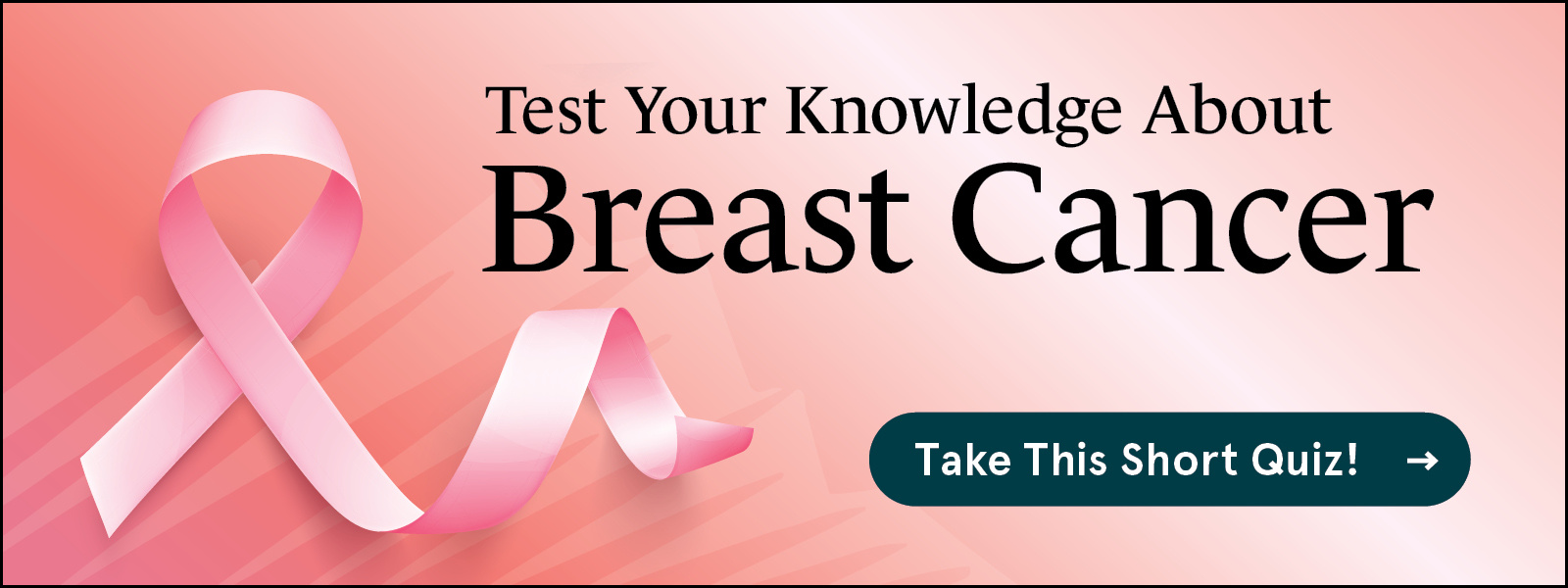A Guide to Your First Mammogram
5 min read

It is not unusual for any woman to be nervous about having her first mammogram. Even an explanation from a doctor, your mother, or friends does not totally prepare you for breast cancer screening. While it can be a little bit awkward during your first mammogram, it’s worth the time and the slight discomfort you might feel for a few minutes.
Simply put, a mammogram is an x-ray. The exposure to radiation is minimal and having a screening mammogram is safe. Mammography is the best test for early detection of breast cancer.
How to Catch Breast Cancer Early
When Should You Have Your First Mammogram?
The U.S. Preventive Services Task Force has drafted new guidelines in 2023 that recommend screening mammograms starting at age 40 for women of average risk, followed by a mammogram every two years until age 74.
Your breast cancer risk level is dependent on several factors, some of which you can’t control such as your family’s history of breast cancer, your genetic makeup, and breast density (which you’ll learn about after your first mammogram). There are other risk factors that are in your control such as your weight, alcohol intake, and use of hormone replacement therapies and birth control pills. Talk to your gynecologist or primary care provider about your specific risk for breast cancer and when to start screening mammograms.
What to Expect When Having a Mammogram
Mammography has come a long way since its initial universal usage in the 1960s. Not only has the imaging become more advanced, but so has the technology in taking that image. Today, 3-D mammograms are widely available and recommended for a more detailed view of the breast.
Some women report that having a mammogram hurts; others feel it is painless; and yet some say they feel a momentary pinch. A lot can depend upon the size of your breasts and the technician.
Most radiology groups have trained technicians who specialize in mammography. These technicians rarely perform other radiological procedures but rather specialize in taking these images.
Each breast is x-rayed separately by a machine designed specifically for mammography. The technician places your breast on an X-ray plate. She will direct a second plate above your breast, which will press firmly against it to flatten your breast while the x-ray picture is taken.
A second side view is taken of the same breast. Then, the procedure is repeated for your other breast. Each picture takes only a few moments and the whole process generally takes about 15 to 20 minutes or so.
Preparing for Your First Mammogram
There are a few things you should plan on for the day of your mammogram. After your bath or shower that morning, avoid using any powder, lotion, deodorant, or perfume to the chest or armpit areas. If you forget they usually have wipes to help you remove any of these products.
As you get dressed, consider wearing pants or a skirt. This is because you will be asked to remove all clothing from the waist up for the images to be taken. You will be given a gown to wear with the opening to the front allowing access to each breast for the examination.
Most women try to schedule their mammogram following their menstrual cycle or between cycles. Just prior to a cycle and during menstruation, most women experience more sensitivity in their breasts, which can make the mammogram more uncomfortable.
When Do You Receive the Mammogram Results?
A radiologist will review the mammogram images to determine if there are any areas of concern that you should be tested further. Mammography technicians do not read X-rays, nor do they discuss them with the patients. Technicians are trained to ensure the X-rays taken are of the best possible quality.
Your regular doctor or gynecologist will receive the test results. If you’d like confirmation one way or another, you can reach out to your doctor about a week after your screening. In many cases, you will not hear from the doctor unless there are some additional images or other testing recommended by the radiologist who reviewed the images.
No Mammogram is Perfect
Early-stage breast cancer can be hidden within normal breast tissue resulting in a false negative. Sometimes a mammogram may reveal something that could be of concern that isn’t cancerous. This is considered a false positive. And, there are also times there are other abnormalities or benign conditions found in the breast. Learn more about non-cancerous breast conditions that may be found during a mammogram.
Any indication of a potential positive must be taken seriously and will most likely result in more extensive testing, despite the fact that the majority of the time, it is not cancer. Further testing can include a diagnostic mammogram, a breast ultrasound, a breast MRI, and/or a breast biopsy. These tests are used to diagnose breast cancer if it is present.
Get Familiar With What’s Normal for Your Breasts
It’s a good idea to understand how your breasts normally feel so you’ll be aware of any changes between screening mammograms. Learn more about breast cancer symptoms.
Even if it’s not a lump, you should talk to your doctor about anything unusual that might appear such as a puckered nipple, bleeding from the nipple, or breast pain that doesn’t go away quickly. While a breast self-exam does not replace a mammogram, it’s a good idea to be aware of what’s normal for you.
Read our blog: 5 Things You Need to Know About Your Breasts and Self-Exams
What Does a Mammogram Cost?
Insurance policies cover an annual mammogram at no charge as part of the preventive services and screenings portion of the plan. For those without insurance coverage, you can pay cash. There are also low-cost or no-cost options available in Colorado for mammograms.
The state of Colorado offers the Women’s Wellness Connection which provides assistance for women who qualify. Freemammograms.org also provides information about where you can find a free mammogram throughout the state of Colorado.
What if Breast Cancer Screening Identifies Cancer?
Breast cancer screening saves lives. And that life could be yours. If your mammogram required additional testing and cancer was found, you’re likely to have an earlier stage of breast cancer, which is easier to treat. Request an appointment with Rocky Mountain Breast Specialists so you can better understand your specific treatment options. Our breast specialists are located in Denver, Colorado Springs, Boulder, and throughout the Front Range.
Updated November 2023

